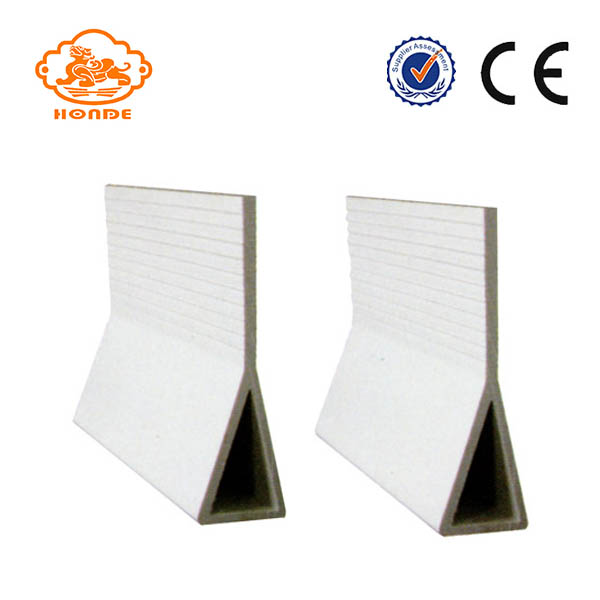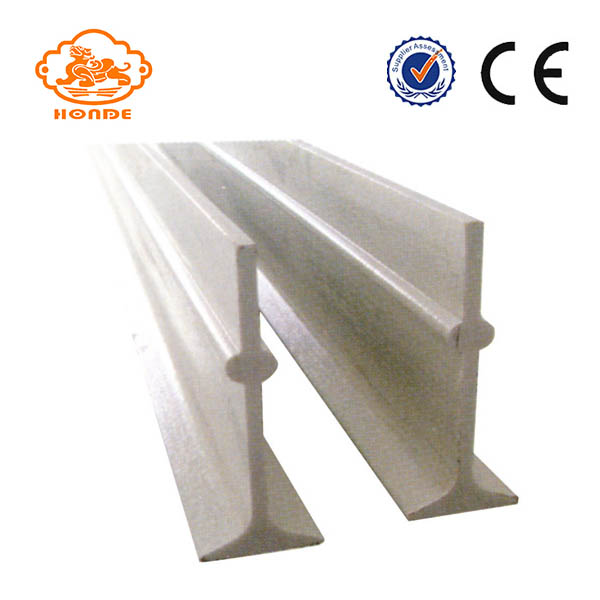Blue shrimp is native to the Pacific coast of the Americas. Although it is far inferior to Latin American white shrimp in terms of adaptability to the breeding environment, it has a strong resistance to a series of viral shrimp diseases, coupled with a delicious taste and a creamy texture. At present, China has gradually promoted farming. The author himself performed a desalination of blue prawn in South America last year in the Xiaoshan Weifang District of Zhejiang Province and achieved success.
First, the habit of blue shrimp in South America often inhabits the muddy seabed, nocturnal, quiet and scared, suitable water temperature 19 °C ~ 33 °C, salinity 5 ‰ ~ 50 ‰, pH 7.6 ~ 8.3. The salinity in artificial rearing can be gradually reduced to about 0.5‰, the pH can be controlled between 7.6 and 8.9, and the dissolved oxygen requirement is above 5mg/l. South American Blue Prawn has a wide range of diets, and the requirements for food proteins are 30% to 35%.
Second, aquaculture and management 1. Pond selection Pond area of ​​about 10 acres, water depth of 1.8 meters to 2.5 meters, the required sediment with a certain amount of sediment, into the drainage is convenient and pollution-free. An average of 4 acres of water is equipped with a 1 kW aerator.
2. Qingchi disinfection first requires a thorough removal of sludge from the bottom of the pool. After exposure, use 150 kg of quick lime per acre to spatter the pool. Inject a small amount of blisters into the pool for 2 days to 5 days before draining. Put water 0.8 to 1.0 meters in 20 days to 30 days before planting, and disinfect with 0.5ppm to 1ppm of chlorine dioxide. The water inlet is coated with 80 mesh mesh to prevent miscellaneous fish and shrimp eggs from entering the pool. Feitang depends on the fatness of the water. According to the author's experience, freshwater source water is much more than seawater fertilizer, but it is not necessary for fertilizer ponds.
3. Put the seedlings out of the pool at 0.6 cm to 0.8 cm, and dilute to about 0.5‰ in salinity at the nursery pond. The pond water temperature should be above 19° when entering the pond. Unlike South American white prawns, South American blue prawns are not suitable for high-density farming. It is advisable to feed 10,000 to 15,000 tails per acre.
4. Cultivation management 1 Water quality management should be adhered to during the course of desalination to observe the water quality, floating head, feeding and other conditions. The conventional water quality standards during the development of South American blue prawn are as follows: water temperature 19°C~33°C, pH value 7.6-7.8, salinity less than 2 ,, dissolved oxygen 5 mg/l, transparency 30 cm ~ 45 cm, water color light brown, Light green and yellow green are better. After 15 days of seeding, the water can be started. In the early stage of cultivation, 5 cm of water can be drained every day, and 20 cm of water can be drained every day in the middle and late stages. In the later period of cultivation, one week of zeolite powder can be poured once, 50 kg to 100 kg per mu. Aerators can be opened less or even not open in the early stage of cultivation, but they are required to be opened for 3 hours to 4 hours each day in the middle and later stages. Cloudy days, rainy days, and hot days should be added.
2 Ingestion The requirements for protein content of S. principis are similar to those of Chinese shrimps, P. monodon, ranging from 30% to 35%. Because the basic food in the early aquaculture is better, it can be used less, and later it needs to increase the amount of feed according to the shrimp. Within 1 hour to 2 hours after feeding, check the satiety rate of the shrimp. The stomach rate can be about 70%.
3 Disease Prevention and Control Disease prevention and control should pay attention to the following points: Clear pond work should be done well; do not cast diseased and poorly viable shrimps; keep the water environment stable; add stable vitamin C when feeding; don't use it in breeding ponds Drugs; must be fast when catching, it is best to clear the pond once.
First, the habit of blue shrimp in South America often inhabits the muddy seabed, nocturnal, quiet and scared, suitable water temperature 19 °C ~ 33 °C, salinity 5 ‰ ~ 50 ‰, pH 7.6 ~ 8.3. The salinity in artificial rearing can be gradually reduced to about 0.5‰, the pH can be controlled between 7.6 and 8.9, and the dissolved oxygen requirement is above 5mg/l. South American Blue Prawn has a wide range of diets, and the requirements for food proteins are 30% to 35%.
Second, aquaculture and management 1. Pond selection Pond area of ​​about 10 acres, water depth of 1.8 meters to 2.5 meters, the required sediment with a certain amount of sediment, into the drainage is convenient and pollution-free. An average of 4 acres of water is equipped with a 1 kW aerator.
2. Qingchi disinfection first requires a thorough removal of sludge from the bottom of the pool. After exposure, use 150 kg of quick lime per acre to spatter the pool. Inject a small amount of blisters into the pool for 2 days to 5 days before draining. Put water 0.8 to 1.0 meters in 20 days to 30 days before planting, and disinfect with 0.5ppm to 1ppm of chlorine dioxide. The water inlet is coated with 80 mesh mesh to prevent miscellaneous fish and shrimp eggs from entering the pool. Feitang depends on the fatness of the water. According to the author's experience, freshwater source water is much more than seawater fertilizer, but it is not necessary for fertilizer ponds.
3. Put the seedlings out of the pool at 0.6 cm to 0.8 cm, and dilute to about 0.5‰ in salinity at the nursery pond. The pond water temperature should be above 19° when entering the pond. Unlike South American white prawns, South American blue prawns are not suitable for high-density farming. It is advisable to feed 10,000 to 15,000 tails per acre.
4. Cultivation management 1 Water quality management should be adhered to during the course of desalination to observe the water quality, floating head, feeding and other conditions. The conventional water quality standards during the development of South American blue prawn are as follows: water temperature 19°C~33°C, pH value 7.6-7.8, salinity less than 2 ,, dissolved oxygen 5 mg/l, transparency 30 cm ~ 45 cm, water color light brown, Light green and yellow green are better. After 15 days of seeding, the water can be started. In the early stage of cultivation, 5 cm of water can be drained every day, and 20 cm of water can be drained every day in the middle and late stages. In the later period of cultivation, one week of zeolite powder can be poured once, 50 kg to 100 kg per mu. Aerators can be opened less or even not open in the early stage of cultivation, but they are required to be opened for 3 hours to 4 hours each day in the middle and later stages. Cloudy days, rainy days, and hot days should be added.
2 Ingestion The requirements for protein content of S. principis are similar to those of Chinese shrimps, P. monodon, ranging from 30% to 35%. Because the basic food in the early aquaculture is better, it can be used less, and later it needs to increase the amount of feed according to the shrimp. Within 1 hour to 2 hours after feeding, check the satiety rate of the shrimp. The stomach rate can be about 70%.
3 Disease Prevention and Control Disease prevention and control should pay attention to the following points: Clear pond work should be done well; do not cast diseased and poorly viable shrimps; keep the water environment stable; add stable vitamin C when feeding; don't use it in breeding ponds Drugs; must be fast when catching, it is best to clear the pond once.
The Fiberglass Beams we produce are made of high quality fiberglass and the main function of the fiberglass beams is to support the floor of a pig cage. It is made of special material with heat resistance, corrosion resistance and high strength. We produce fiberglass beams mainly "T" shape and "hollow" two. The fiberglass beams we produce are durable and inexpensive. If your order is large, we can produce according to your requirements and drawings.


Fiberglass Beams
Fiberglass Beams,Farm Fiberglass Beam,Fiberglass Beam For Pig Farm,Fiberglass Profiles Beams
HuangHua FengYi Honde Metal Factory , http://www.farrowingcratesfromchina.com